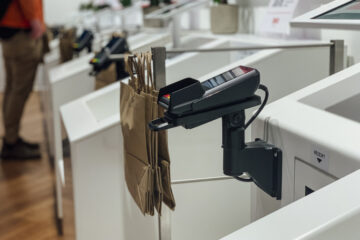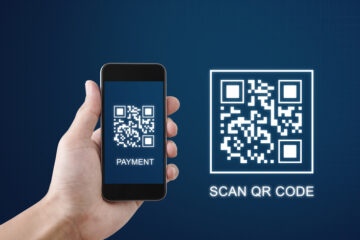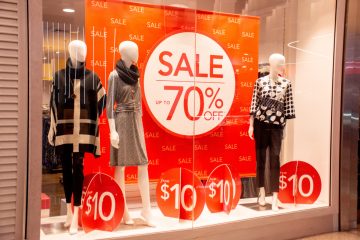Retailers embrace RFID to improve inventory visibility and permit SCO
RFID is hardly a new technology, but many retailers have struggled to reap its full benefits, with most initiatives in the past limited to boosting warehouse efficiency by attaching RFID tags to pallets or cases.
Today, retailers are taking a fresh look at RFID and the deployments are more ambitious as they want to maximize benefits by attaching RFID tags to every single item that passes through the supply chain – so-called item-level RFID.
The cost of RFID tags has decreased significantly in recent years so it is easier to cost-justify item-level RFID. The tags can be made of fabric or disposable paper, so there is a solution for every type of product that a retailer stocks.
That’s important because one of the main reasons retailers want item-level RFID is to increase product availability in the stores, which means, ideally, being able to track every single item automatically as it passes through the supply chain.
Facing intense completion from e-Commerce giants like Amazon, stores need to ensure that sales are not being lost because customers are not able to find the product they desire, and item-level RFID provides the answer.
Decathlon adopts RFID for SCO
One retailer that has made a big bet on item-level RFID is Decathlon, an Openbravo customer.
The French company sells more than 600 million products each year and has more than 900 stores around the world. Around 85% of Decathlon products now come with RFID tags, which are used to track products throughout the entire supply chain, from factories to the distribution centers and stores.
Decathlon suppliers fix tags to the products and then use handheld RFID readers to record and track the shipping of goods to the distribution centers.
When a product arrives at a distribution center, the product ID is read from the RFID tag by fixed RFID scanners. The products are then stored for the picking process. Non-Decathlon items that are not yet tagged by the manufacturer are tagged with an RFID label at the distribution center.
Once shipped to the store, products can be easily located using a handheld RFID reader, which enables staff to perform shelf inventories five times faster than with the former systems and technologies.
As well as increasing stock visibility, item-level RFID has improved the checkout process, both for checkout staff and customers who opt for Self-Checkout (SCO). Instead of having to scan barcodes, items are placed on the checkout table and the RFID tags are scanned automatically.
A third application of item-level RFID is an anti-theft system. RIFD tags are detected when customers pass through the gates at the store exit and an alarm is sounded if the RFID tag has not been purchased.
By embracing item-level RFID tagging, Decathlon can perform an inventory of each store every few weeks if necessary, a dramatic improvement on the previous situation, when inventories were only done twice a year. Read more about RFID at Decathlon here.
👉Openbravo can help you improve inventory management even if you are not yet ready to embrace item-level RFID. To discover how, watch our webinar, How Retailers Optimize Inventory Management with Openbravo.



